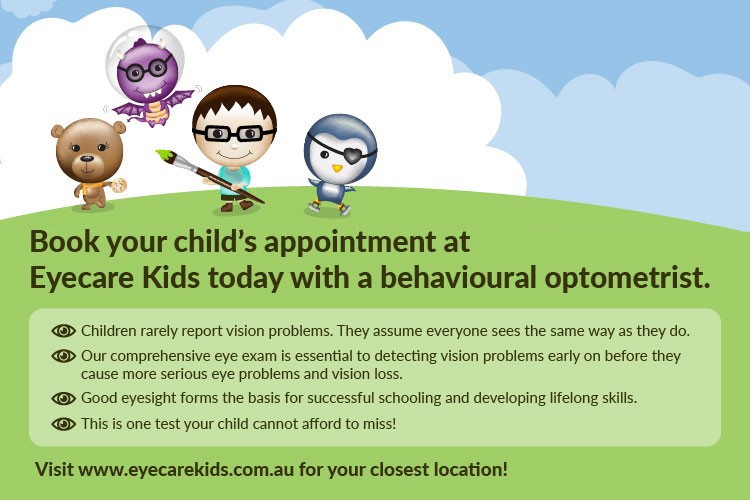Kids’ eye strain is real. It isn’t something one experiences only when they are older.
2020 is the year everyone will remember, including kids who are experiencing “distance learning” for the first time—transitioning from regular school to online school.
Because online learning requires kids to use a laptop or computer, eyecare professionals anticipate a school year filled with complaints of digital eye strain. In fact, there has been a noted increase in kids complaining of eye strain early on in the school year.
Why Eye Strain Happens
- When kids work with a computer or digital device, they don’t blink as much. This leaves their eyes dry and irritated.
- Focusing on the same distance for a long time may cause temporary blurred vision. Headaches may occur when the muscles around the eyes get tired.
- Other causes of eye strain include extended reading, writing, and other intensive near work.
The Checklist Every Parent and Guardian Needs to Know
The American Academy of Ophthalmology made this checklist to help prevent digital eye strain in kids.
- Take a 20 second break from near work every 20 minutes. Parents can remind kids by following these tips:
- Set a timer. Whether a kitchen timer or a smart device, use it to remind your child to take a break every 20 minutes.
- Alternate reading an e-book with a real book. Encourage children to look up and out the window every two chapters or simply shut their eyes for 20 seconds.
- Pre-mark books with paper clips every few chapters. When they reach a paper clip, it will remind them to look up. On an e-book, use the “bookmark” function for the same effect.

Ideally, kids should have a monitor positioned at eye level, directly in front of the body, held at arm’s length.
- Good ergonomics is as important as resting the eyes periodically. We tend to use digital devices at less than ideal distances and angles, which leads to eyestrain. To encourage good posture and better habits, set up a “home office” for your kids. Follow these tips to optimize their workspace:
- Make sure they view laptops at arm’s length, about 18 to 24 inches from where they are sitting. Ideally, they should have a monitor positioned at eye level, directly in front of the body. Tablets should also be held at arm’s length.
- To reduce glare, position the light source behind the back, not behind the computer screen.
- Adjust the brightness and contrast on the screen so that it feels comfortable for them.
- Don’t use a device outside or in brightly lit areas; the glare on the screen can cause eye strain.
- Avoid using a device in a dark room. As the pupil expands to accommodate the darkness, the brightness of the screen can aggravate after-images and cause discomfort.
- Put down the device 30 to 60 minutes before bedtime. Blue light may disrupt sleep. For your procrastinating teens, switch to “night mode” or a similar mode to reduce blue light exposure.
- Lastly, make sure kids spend time outdoors. Computer use and other near work activities may be driving a worldwide epidemic of short-sightedness in children, although this is not yet proven. However, several studies suggest that spending time outdoors, especially in early childhood, can slow the progression of short-sightedness.
If Your Child Is Experiencing Digital Eye Strain…
It is important to see your optometrist to have a professional assessment. Remember, ready-made blue light-blocking lenses should never be a quick fix until your child has been assessed with a proper eye exam to rule out any underlying vision problems or dry eye syndrome.


